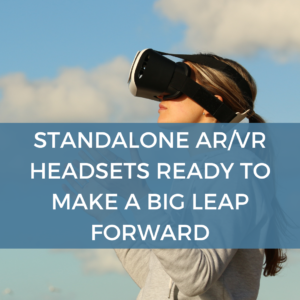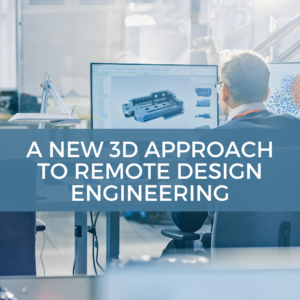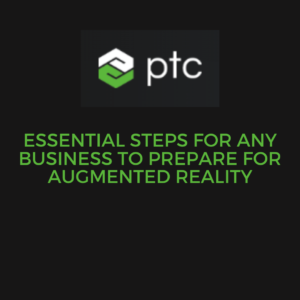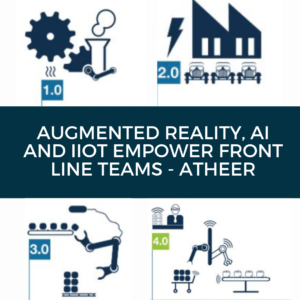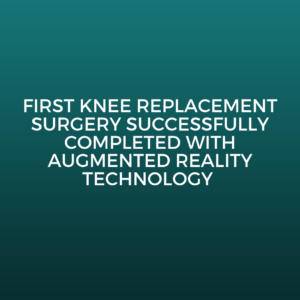How can a business make itself ready to successfully apply AR? What will make implementation easier and more effective and ensure that the initial efforts provide a solid foundation for future transformation?
Knowing Where You Are And Where You Want To Go
There are two things you need to do at the very beginning: Identify a business goal, and assess what you are currently doing to achieve that goal.
A business goal can be retaining expertise by transferring skills from older or retiring workers to newer or unskilled workers. It can be providing product demos to prospects for products in a portfolio. It can be ensuring that engineers collaborate successfully on meeting permitting and safety requirements for new assembly lines across global locations.
Most importantly, what are the processes and procedures? Where are the bottlenecks or particular difficulties?
When considering where best to apply AR, further assessment is necessary — technology readiness. An impressive AR demo can be created for almost any business situation, but it’s important to choose a use case that can scale. AR can be used to improve routine, repetitive activities, but it won’t show its true value there, and investment in it will show less return.
AR really shines at helping with complex, varied and changing circumstances. The wider the range of product types, manufacturing procedures or workforce capabilities, the more clearly AR will show its value and the wider the organizational uptake will be.
Delivering AR To The User
AR content can be delivered to the end user in a variety of ways, and careful consideration of that user’s needs and the constraints of their work environment is necessary for a successful demonstration.
For example, a sales rep may need to present a broad portfolio of thousands of product configurations to prospects and customers. Currently, that may involve shipping samples to trade shows, providing spec sheets, and linking to diagrams and videos on webpages.
With AR, a customer can see all the details of a specific product, get a good idea of how it works and understand how it differs from the competition. Implementing AR on a phone or tablet can allow that sales rep to easily build a relationship with that customer, demonstrate a product of interest, communicate its details and use, and answer any technical questions while maintaining the touch essential to the sales process.
However, if the goal is to improve worker productivity on the production line, where various tools need to be picked up and used, AR content can be best delivered through a hands-free wearable, whether binocular eyewear such as Microsoft HoloLens or Magic Leap or monocular eyewear such as Google Glass Enterprise or the RealWear HMT-1. That information is overlaid on what the worker is seeing, whether it is instructions, fill levels or safety precautions, without interfering with the worker’s tasks.
It’s worth spending some time to really consider the various possible ways your AR could be used now and in the future so the chosen technology presents the information in an optimal way for the user.
Ensuring Access To The Necessary Content
An audit of the information necessary to build an AR experience that communicates effectively to the user can turn up gaps. This is fairly common because the range of information AR can communicate is much wider than is possible with existing channels. Ensuring the availability of this information as early in the process as possible can make for effective implementation.
If you want to provide procedural guidance to line workers, you must have — or be able to create or capture — digitized work instructions. If you want to provide 3D instructions on how to maintain and service a newly acquired machine, you must have the 3D CAD data. If you want workers to see diagnostic information about a machine’s performance such as vibration, temperatures and fill levels, that machine must have the necessary sensors and connectivity.
Identifying this information will require acquiring, storing, managing, distributing and analyzing new types of data and repurposing data you already have.
While not ideal, the lack of some information is not fatal. For example, if there is no 3D CAD data for your machine, using a head-mounted device to record an expert performing all the required maintenance procedures can fill the gap. However, identifying those gaps and planning methods for filling those gaps is essential.
Presenting That Content In A Useable Way
Technologies such as web and mobile apps, which were new not so long ago, are now established, and the methods for creating them and making them usable are defined. AR is much earlier in the process of becoming routine, so the specifics of AR usability still require attention.
Even an AR project that addresses a business goal, understands user needs and is supplied with the right content can fail if the user experience is inadequate. There are many ways to go wrong, from excessive or poorly organized information to inadequate visual contrast.
The need for usability is great, and tools to assist in AR content authoring are developing quickly. They’re already providing significant assistance to content developers, but understanding the capabilities and needs of the worker and rigorously establishing what information is most important in what context is key in this step.
You are Ready For AR
Almost every business can improve efficiency, reduce costs, more quickly skill workers or ensure compliance through the information AR communicates. Choosing the right place to try AR first takes some thought and planning, which will enable an effective AR implementation that will provide a foundation for future growth.
